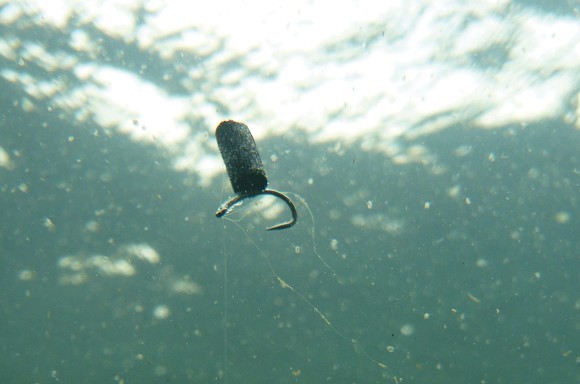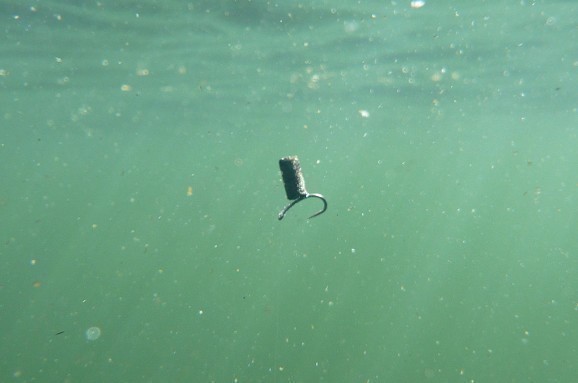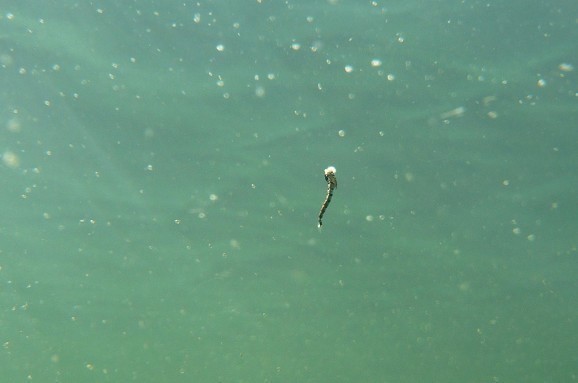
How much do Zigs move under the surface?
CARPology’s resident diver and top angler, Rob Hughes answers another CARPology.net reader’s question…
Question: How much do Zigs move under the surface?
“I’m curious how much Zigs move about under the surface. I think we have this view that they just stick straight up but does undertow and wind make them waft around and induce a take from the fish as they move around over a potentially big area. Plus, does the buoyancy of the bait affect the amount they drift.” Neil Cobley, via Facebook
Rob Hughes "Great question, Neil and one that I have been asked a couple of times in the last week. Fortunately on the day we went up to Horseshoe to do the tests, there was a cracking wind blowing so it was the perfect day to experiment. The area we were in for this test was about 8ft deep and there were some decent waves. When the weather is like this, the water moves in two directions. The surface will be blowing in one direction and the undertow in another. Bays and sheltered areas will escape the undertow a little but there is often subsurface movement of some sort, particularly at the windward end of the lake.
"When the Zig was sitting just below the surface, it rocked around a little but not very far and not very fast. Certainly not as fast as the wave action on the surface, more a slight swing, like the slowed down pendulum of a clock. I think this was the surface tow pulling it over and the buoyancy of the hookbait rectifying it. As soon as the Zig was changed to more than a foot below the surface the sideways movement virtually disappeared so as to be imperceptible. Take a look at the piccie and you will see that the line is almost vertical and that was how it presented itself on the day. It definitely wasn’t dancing around underwater as you might expect!
"As for very buoyant hookbaits behaving differently to slightly buoyant ones, I don’t really think there will be any serious difference unless they are very close to the surface. After all, if a bait’s buoyant enough to hold up the hook and line in the first place, there isn’t going to be a lot of difference between two different buoyancies as they are anchored by the lead.
"Interestingly, I took a few piccies of the Zig (which was black foam) from both the side and underneath so you can all see what they look like. Black definitely stands out well in the clear water from all directions. The most exciting discovery of the dive was that while photographing the Zig Rig, I noticed a larva in the upper layers of the water. In lakes with high levels of naturals there should be big larval hatches like this one with insects making their way to the surface before hatching off out of the water. Although carp are known to eat these natural insects, it’s not until you actually see them in the water or at least said photo, that you can appreciate the effectiveness of a Zig with a piece of foam in replicating and blending in with hatching insects."







